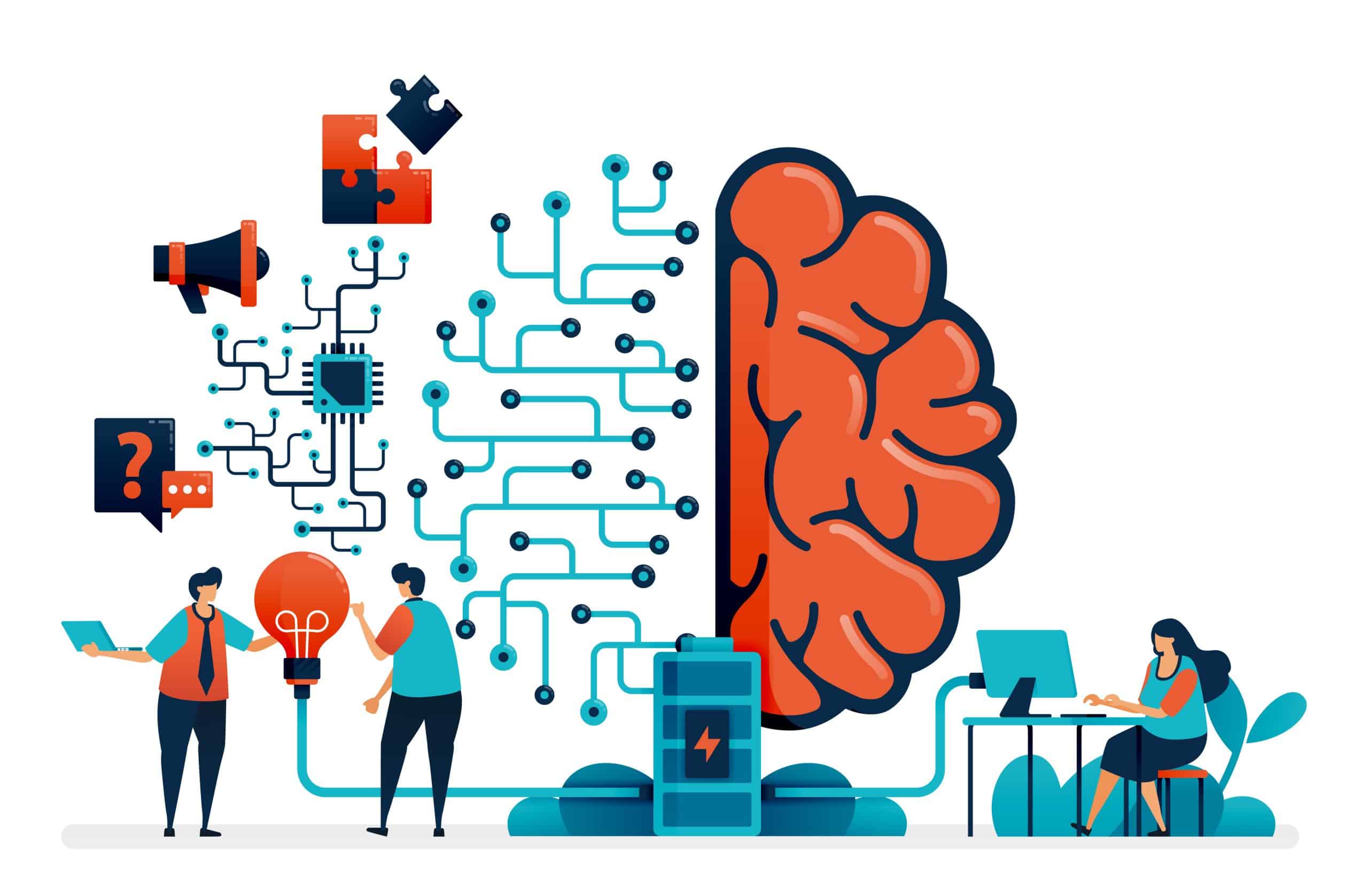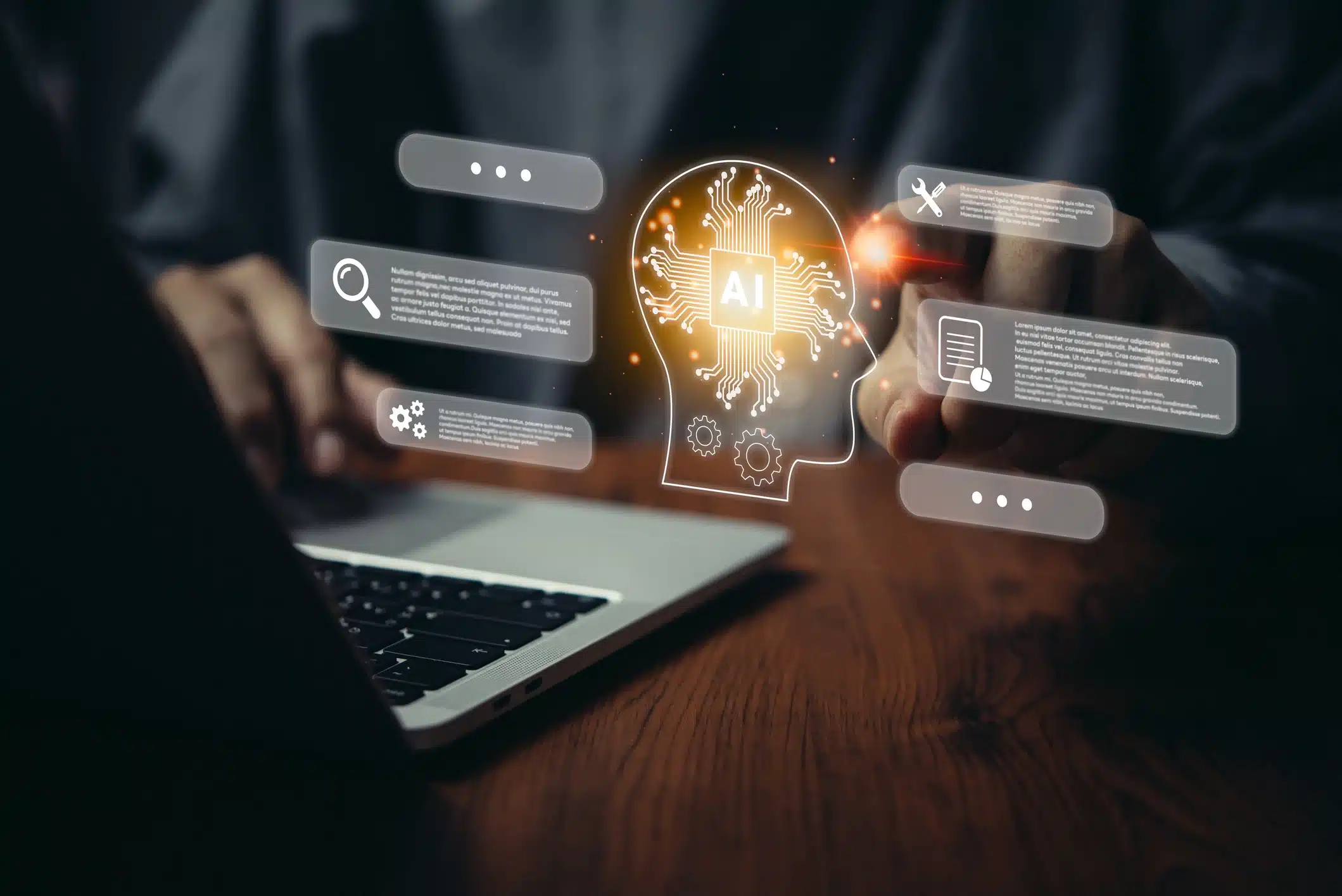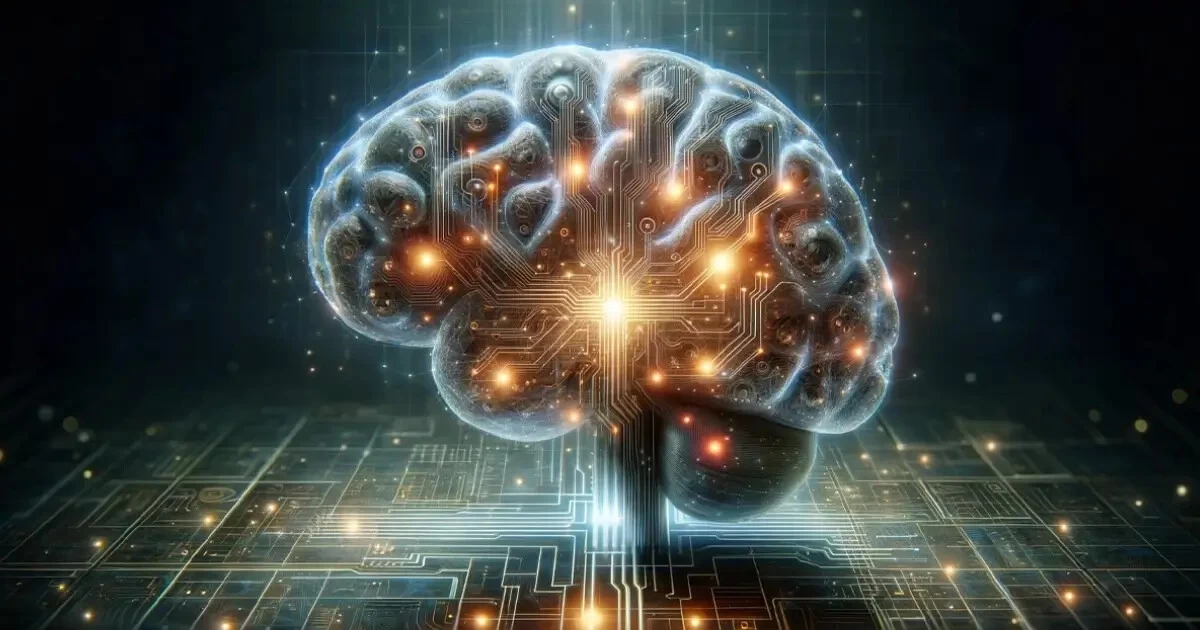- 🧠 AI is on the verge of becoming self-improving, potentially transforming the future of technology and research.
- 📈 Leopold Aschenbrenner predicts AGI by 2027 and significant impacts on electricity usage and geopolitics by 2029.
- 🧩 The concept of “intelligence explosion” has been theorized for decades, and AI systems building better AIs is now becoming a reality.
- 🚀 Sakana’s “AI Scientist” conducts autonomous AI research, producing results comparable to early-stage human ML researchers.
- 🎓 Sakana’s system successfully published several papers accepted at top AI conferences, demonstrating tangible AI research capabilities.
- 🔍 Current limitations of AI researchers indicate near-term development opportunities, such as integrating multimodal capabilities and internet access.
- 💥 The potential for rapid AI improvement mirrors past advancements seen with models like GPT, hinting at transformative future possibilities.
- 🌍 Automated researchers could expand AI research exponentially, raising questions about future breakthroughs and risks.
The development of artificial intelligence (AI) is accelerating at a pace that few could have anticipated. We are moving towards a future where AI systems can not only function independently but can also enhance their own abilities. This self-improving capability of AI has the potential to redefine the boundaries of technology and scientific research. Let’s explore this intriguing evolution, look into predictions by prominent thinkers, and consider the groundbreaking work being conducted by companies like Sakana.
Understanding Self-Improving AI
The possibility of AI systems that can develop and improve autonomous capabilities is no longer a distant science fiction concept. Self-improving AI holds the potential to accelerate technological advancement and alter the research landscape fundamentally. This progression is rooted in the idea of an “intelligence explosion,” a theory proposed decades ago that envisions AI systems capable of designing increasingly advanced AI iterations, far surpassing human intellect.
Key Predictions and Their Implications
Leopold Aschenbrenner’s Vision
One of the most striking forecasts in the AI field comes from Leopold Aschenbrenner, who envisions the arrival of artificial general intelligence (AGI) by 2027. He further predicts that by 2029, AI will consume a significant portion (20%) of all U.S. electricity and disrupt global geopolitics. These predictions underscore the potential scale and impact of self-improving AI, making it imperative to assess both opportunities and challenges it presents.
Sakana’s Breakthroughs in Autonomous AI Research
A fascinating case study in the rise of self-improving AI is the work of Sakana, a Japanese AI startup. Their “AI Scientist” system has made headlines for its ability to autonomously conduct AI research. This system’s accomplishments demonstrate the real-world capabilities of AI beyond theoretical frameworks, achieving results that are comparable to early-stage human machine learning researchers.
Achievements of the AI Scientist
- Research Publication Success: Sakana’s system has published numerous papers, some of which have been accepted at prestigious AI conferences. This marks a significant milestone in proving the system’s proficiency in executing high-level research.
- Comprehensive Research Capabilities: The AI Scientist is designed to handle end-to-end research tasks, from reviewing literature and generating new hypotheses to conducting experiments and authoring research papers.
Current Limitations and Future Opportunities
While the AI Scientist’s capabilities are impressive, there are still areas for growth. Currently, it does not possess multimodal capabilities or internet access. Addressing these limitations could exponentially increase the system’s functionality and the scope of research it can tackle.
The Road Ahead: Transformative Possibilities and Risks
As AI models continue to evolve, the potential for rapid, self-directed improvement might follow a development trajectory similar to that of language models like GPT. The emergence of such self-improving systems can transform diverse fields such as life sciences, robotics, and materials science.
Critical Considerations
- Exponential Growth in AI: Automated researchers have the potential to massively scale the volume of AI research, posing questions about future technological breakthroughs and the risks they might introduce.
- Ethical and Regulatory Challenges: The accelerating capabilities of self-improving AI necessitate a robust framework to manage ethical considerations and mitigate potential risks.
Conclusion: Preparing for an AI-Driven Future
With AI systems on the brink of self-improvement, this technology has the potential to shift from a manual process of technological advancement to an autonomous, dynamic development cycle. It’s a revolutionary shift that policymakers, technologists, and society at large must prepare for, one that promises substantial rewards and challenges alike.







